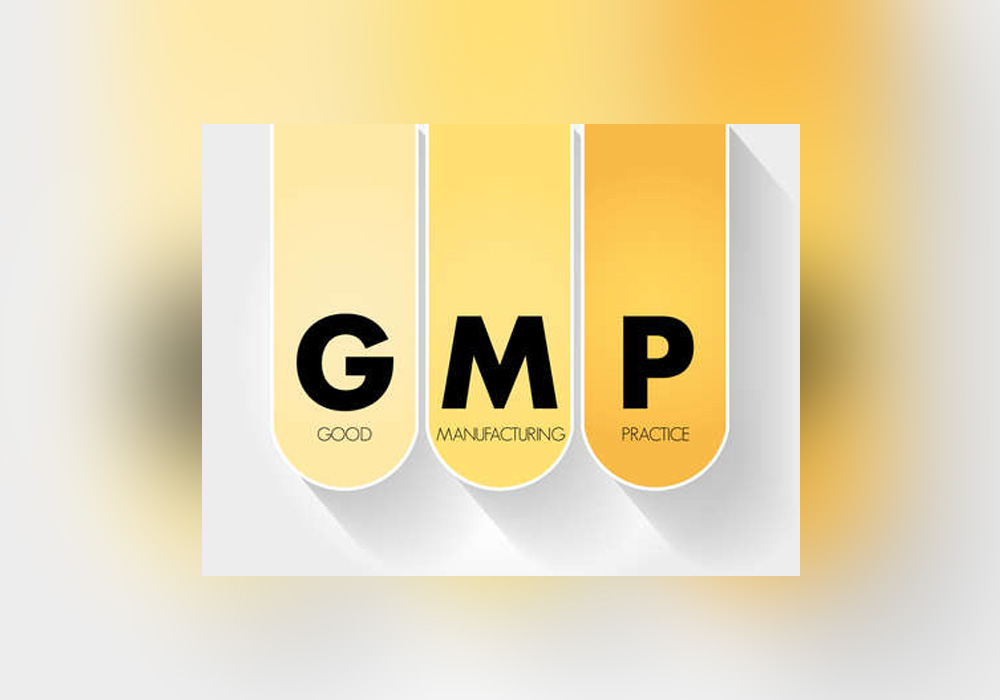SOC 1 & SOC 2Service Organization Control

Service Organization Control
SOC 1 (Service Organization Control 1) and SOC 2 (Service Organization Control 2) reports are not directly related to ISO (International Organization for Standardization) certification. However, they can complement an organization’s ISO certification efforts, particularly in the domain of information security and control frameworks.

Service Organization Control
SOC 1 (Service Organization Control 1) and SOC 2 (Service Organization Control 2) reports are not directly related to ISO (International Organization for Standardization) certification. However, they can complement an organization’s ISO certification efforts, particularly in the domain of information security and control frameworks.
Here’s how SOC 1 and SOC 2 reports may relate to ISO certification:
1. Information Security Management Systems (ISMS):
ISO 27001 is a widely recognized standard for ISMS, providing a framework for managing and protecting information assets. SOC 1 and SOC 2 reports, on the other hand, focus on controls related to financial reporting (SOC 1) and security, availability, processing integrity, confidentiality, and privacy (SOC 2). While ISO 27001 primarily focuses on information security, SOC reports may cover a broader scope of controls, including operational and financial controls.
2. Risk Assessment and Management:
Both ISO 27001 and SOC reports emphasize the importance of risk assessment and management. ISO 27001 requires organizations to conduct risk assessments to identify and mitigate information security risks, while SOC reports assess controls related to financial reporting (SOC 1) or security, availability, processing integrity, confidentiality, and privacy (SOC 2) to address operational risks.
3. Compliance Requirements:
ISO 27001 certification demonstrates an organization’s compliance with international standards for information security management. SOC reports provide assurance to customers and stakeholders regarding the effectiveness of controls relevant to financial reporting or security, availability, processing integrity, confidentiality, and privacy. While ISO 27001 certification is voluntary, SOC reports may be requested by customers, partners, or regulators as part of contractual or regulatory requirements.
4. Continuous Improvement:
Both ISO 27001 and SOC reports promote a culture of continuous improvement. ISO 27001 requires organizations to regularly review and update their ISMS to address changing threats and vulnerabilities. SOC reports provide feedback on the effectiveness of controls and recommendations for improvement, enabling organizations to enhance their control environment over time.
5. Alignment with Industry Standards:
While ISO 27001 is a generic standard applicable to organizations across industries, SOC reports are more industry-specific and may be tailored to meet the needs of specific sectors, such as healthcare (SOC 2 for HITRUST) or financial services (SOC 2 for SOC for Financial Services). Organizations may choose to pursue ISO 27001 certification alongside SOC reports to demonstrate compliance with industry-specific requirements.
In summary, while SOC 1 and SOC 2 reports are not directly related to ISO certification, they can complement an organization’s ISO certification efforts by providing assurance regarding controls related to financial reporting or security, availability, processing integrity, confidentiality, and privacy. Together, ISO certification and SOC reports contribute to a comprehensive approach to managing risks and protecting information assets.
The Benefits of SOC-1 & 2:
1. Enhanced Information Security Controls: SOC 1 and SOC 2 reports assess controls related to financial reporting (SOC 1) or security, availability, processing integrity, confidentiality, and privacy (SOC 2). By obtaining SOC reports, organizations can demonstrate to ISO auditors their commitment to implementing robust controls to protect information assets.
2. Third-Party Assurance: SOC reports provide independent assurance to customers, partners, and stakeholders regarding the effectiveness of an organization’s controls. When pursuing ISO certification, organizations can leverage SOC reports as evidence of their control environment’s reliability and effectiveness, thereby enhancing stakeholders’ confidence in the organization’s security posture.
3. Streamlined Audit Process: ISO certification audits often include reviews of information security controls. By presenting SOC reports during the ISO certification audit, organizations can streamline the audit process and provide auditors with comprehensive insights into their control environment. This can expedite the certification process and reduce the burden on internal resources.
4. Alignment with Best Practices: SOC 1 and SOC 2 reports are based on established frameworks and standards, such as the AICPA’s Trust Services Criteria and COSO’s Internal Control Framework. Achieving SOC compliance requires organizations to align their control objectives with industry best practices, which can also support ISO certification efforts by demonstrating adherence to recognized standards and frameworks.
5. Customer Assurance and Trust: ISO certification and SOC reports both serve to enhance customer assurance and trust. By obtaining ISO certification and SOC reports, organizations signal their commitment to maintaining high standards of information security, governance, and compliance. This can strengthen relationships with customers and differentiate the organization from competitors.
6. Risk Management and Compliance: SOC reports assess controls designed to mitigate risks related to financial reporting (SOC 1) or security, availability, processing integrity, confidentiality, and privacy (SOC 2). By obtaining SOC reports, organizations can demonstrate to ISO auditors their proactive approach to risk management and compliance with regulatory requirements, contributing to a comprehensive ISMS.
7. Continuous Improvement: SOC reports often include recommendations for enhancing controls and addressing identified deficiencies. By implementing these recommendations, organizations can demonstrate a commitment to continuous improvement, which is a key principle of ISO 27001. This alignment supports ongoing compliance efforts and strengthens the organization’s security posture over time.